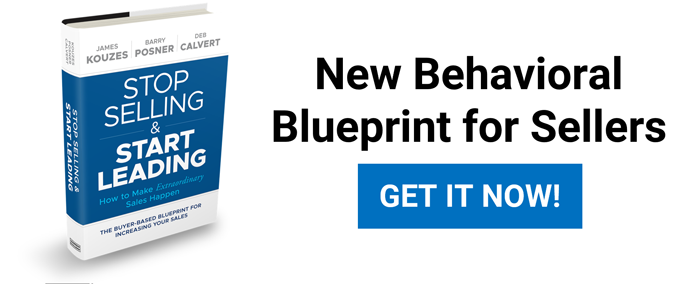Close-Ended Questions For Sales That Stymie Your Buyers (& Why)
Not all closed-ended questions for sales are bad. In fact, some serve an important purpose. Some, but not all.
The purposes for closed-ended questions include getting confirmation or verification, checking for understanding, and narrowing the seller’s responses.
Closed-ended questions elicit shorter and less-detailed responses than open-ended questions do. They are useful when closing the sale or wrapping up a part of the sale before moving to the next topic or phase of a sales process. They are not as useful in gathering information about buyer needs.
You May Be Asking Too Many Closed-Ended Questions for Sales
If you listen to the phrasing of questions throughout your day, you’ll soon notice more questions are closed-ended than open-ended. In our day-to-day conversations, we tend to ask a lot of closed-ended questions. We do this even when we would like to have more than a “yes” or “no” reply. This is, in part, due to habit. It also occurs because some people feel closed-ended questions are more polite and less demanding than open-ended questions are. The third contributing factor to an over-abundance of closed-ended questions is most people will give a little bit more than a “yes” or “no” reply. So we mistakenly believe we’ve extracted complete responses when we have not.
Since the seller is going to ask a series of questions in a needs assessment process, crafting them in a closed-ended manner will sound like an interrogation. We give shorter answers in response to closed-ended questions. That means the volley of question/answer/question/answer will be rapid fire.
What’s more, closed-ended questions suggest the person asking the questions is in a hurry. These clipped questions signal that only short answers are desired. The buyer may feel boxed in by closed-ended questions.
For sellers who push for a close too soon or lapse into product pitching before getting sufficient information from the buyer, there is another risk associated with closed-ended questions. They can seem like a blunt-force instrument if used to “tie down” the buyer. This selling technique was widely taught and used in the past. But in an age when buyers are empowered, fewer tolerate this approach.
Sellers should avoid using manipulative questions to try and fool a buyer into agreement. These methods almost always rely on closed-ended questions. For example, one outdated program suggests asking the buyer a series of seven questions. The first six should all be easy questions with clear “yes” answers such as “Do you want to succeed in business this year?” The seventh question is “Are you ready to sign with me?” The training claims the answer will be “yes” because the seller’s first six questions supposedly conditioned the buyer to say “yes.”
Closed-ended questions for sales can be misused and misunderstood. But the biggest problem with closed-ended questions is they do not yield nearly as much information as open-ended questions. Closed-ended questions prevent sellers from gathering the information needed to truly understand buyers’ needs.


